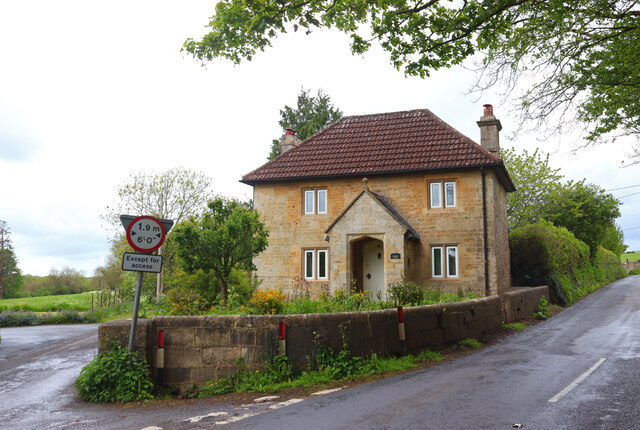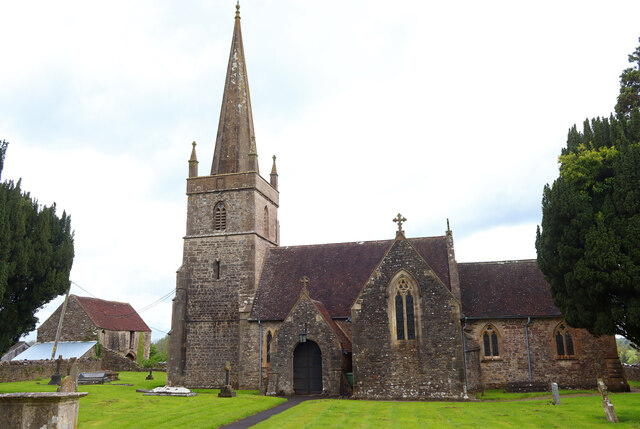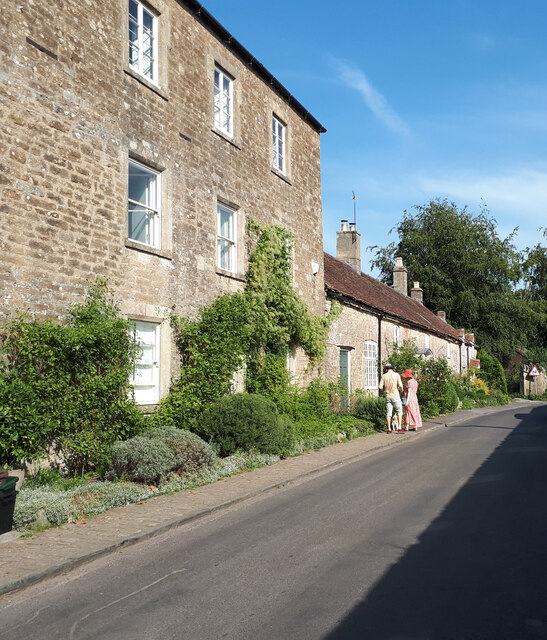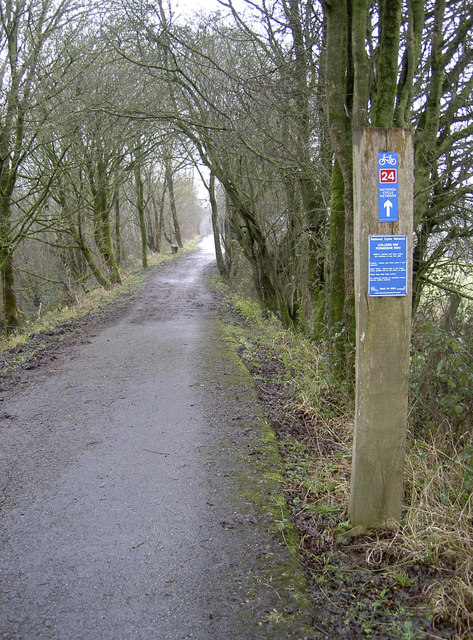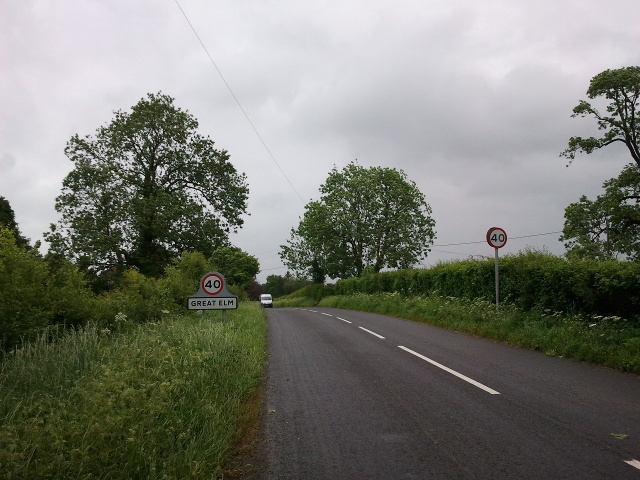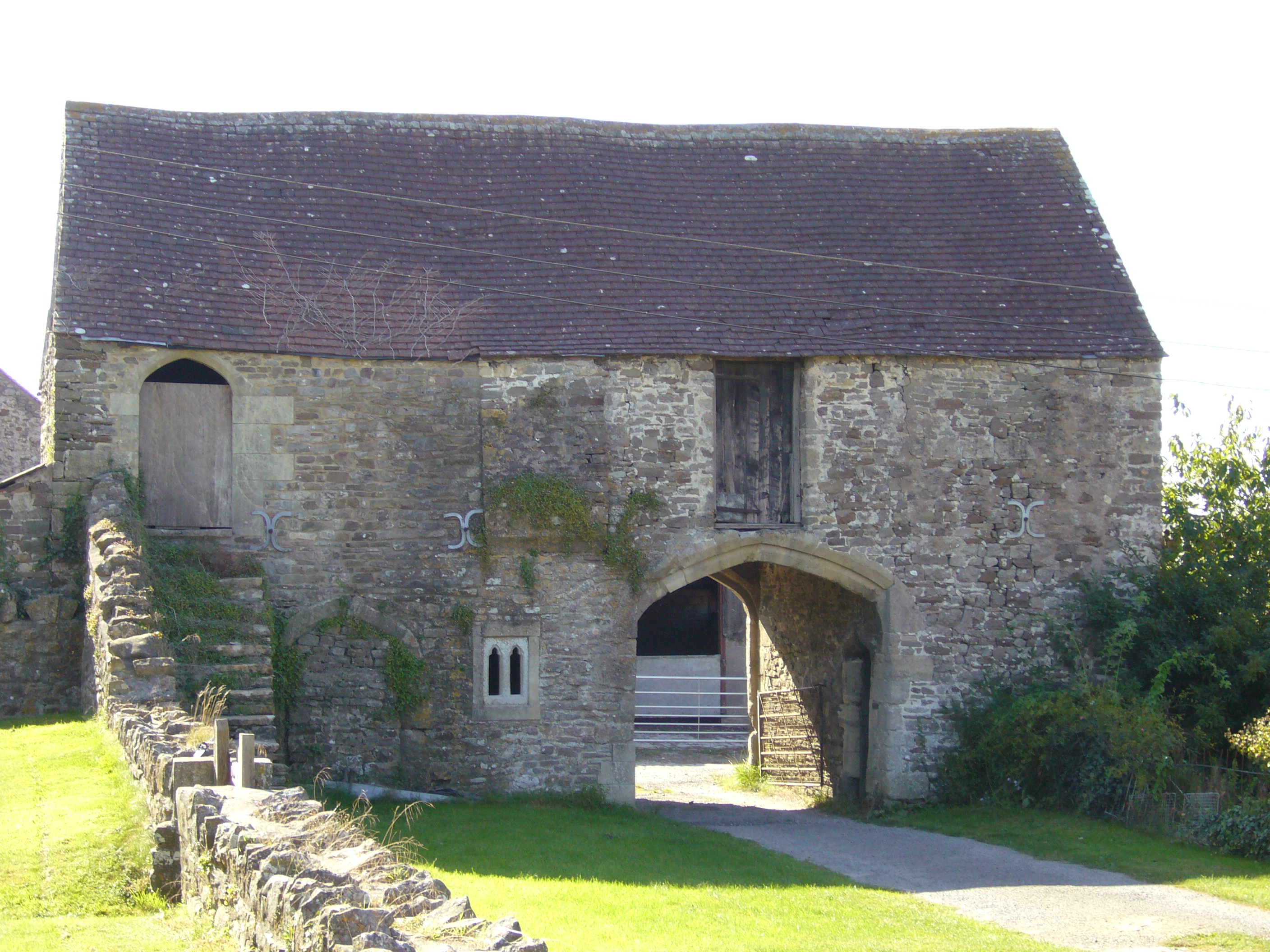Murder Combe
Valley in Somerset Mendip
England
Murder Combe
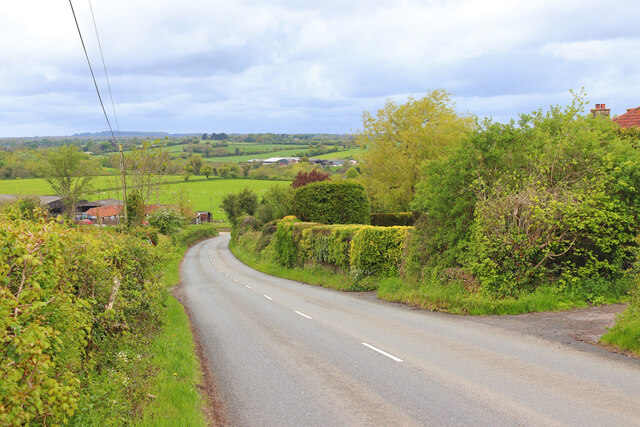
Murder Combe, Somerset, is a picturesque valley located in the southwestern part of England. Nestled within the rolling hills of Somerset, this tranquil and enchanting area is known for its stunning natural beauty and rich historical background.
The name "Murder Combe" may raise eyebrows, but it is rooted in its fascinating history rather than any sinister connotation. Combe means "valley" in Old English, and the prefix "Murder" is derived from the word "mordre," which historically referred to a plot of land or an estate. Therefore, Murder Combe essentially means "Valley Estate" in the local dialect.
The valley is surrounded by lush greenery, with meandering streams and cascading waterfalls adding to its charm. The landscape is dotted with ancient woodlands, where a variety of flora and fauna thrive. Visitors can expect to see a diverse range of wildlife, including deer, badgers, and numerous bird species.
Murder Combe is also steeped in history, with evidence of human habitation dating back thousands of years. Archaeological discoveries have uncovered remnants of Iron Age settlements and Roman artifacts in the area. Additionally, the valley is home to several historic structures, such as medieval churches and farmhouses, which provide a glimpse into the region's past.
Today, Murder Combe offers a peaceful escape from the hustle and bustle of city life. Its stunning natural landscapes and historical significance make it a popular destination for nature enthusiasts, history buffs, and those seeking tranquility amidst the beauty of the English countryside.
If you have any feedback on the listing, please let us know in the comments section below.
Murder Combe Images
Images are sourced within 2km of 51.234851/-2.3682001 or Grid Reference ST7448. Thanks to Geograph Open Source API. All images are credited.

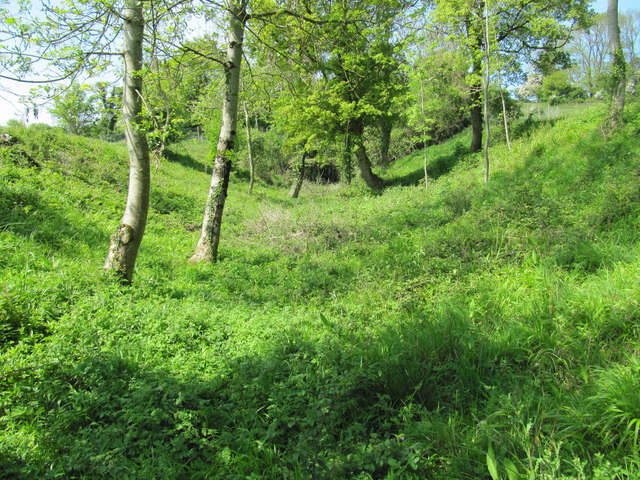
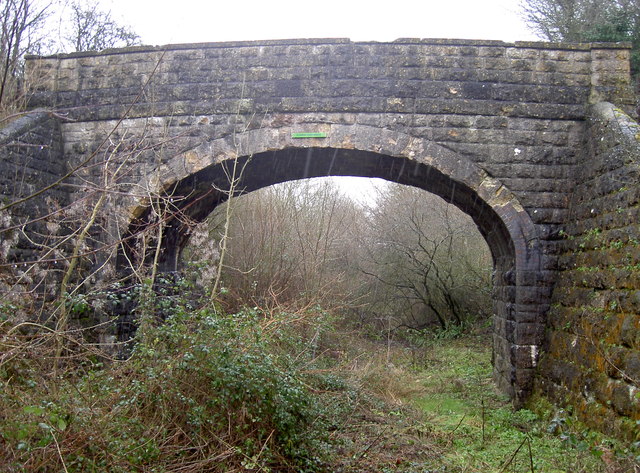
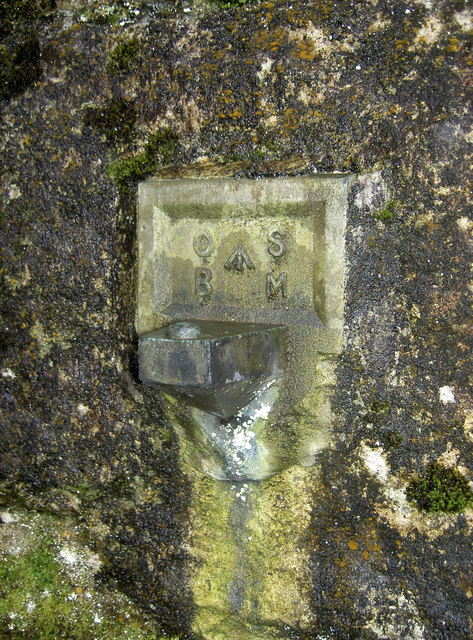
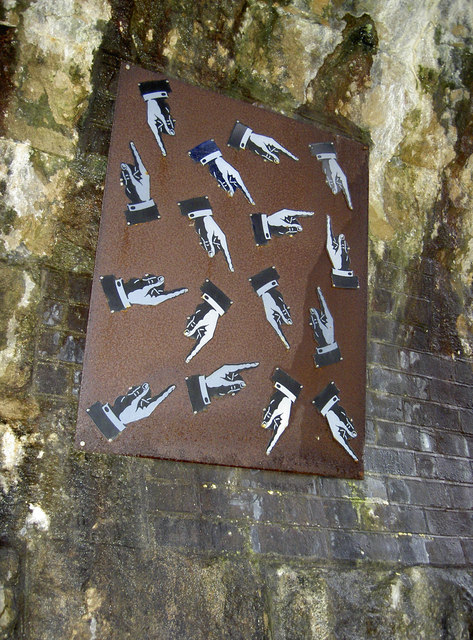
![Gate to the field A simple gate opposite Flowers Farm Bridge - see [[[3329125]] - that allows non-motorised passage to the other field on the other side of the railway. See also <a href="https://www.geograph.org.uk/photo/3330254">ST7450 : For all travellers</a> for the cattle grid here.](https://s3.geograph.org.uk/geophotos/03/33/02/3330247_6c5c9f5a.jpg)
![For all travellers Despite a simple cyclepath running alongside the old railway line, these gates are clearly designed to control a variety of wheeled, two-legged and four-legged users through. The adjoining bridge crossing the line is not one for motorised traffic as it leads to a field. See <a href="https://www.geograph.org.uk/photo/3330247">ST7450 : Gate to the field</a> for the gate and [[[3329125]] for the little bridge.](https://s2.geograph.org.uk/geophotos/03/33/02/3330254_7a6542ad.jpg)

Murder Combe is located at Grid Ref: ST7448 (Lat: 51.234851, Lng: -2.3682001)
Administrative County: Somerset
District: Mendip
Police Authority: Avon and Somerset
What 3 Words
///pursue.assure.ruby. Near Frome, Somerset
Nearby Locations
Related Wikis
Tedbury Camp
Tedbury Camp is a multivallate Iron Age promontory hill fort defended by two parallel banks near Great Elm, Somerset, England. == Background == Hill forts...
Old Iron Works, Mells
Old Iron Works, Mells (Fussells' Lower Works) (grid reference ST738488) is a 0.25 hectare biological Site of Special Scientific Interest, in the Wadbury...
Great Elm
Great Elm is a village and civil parish between Mells and Frome in the Mendip district of Somerset, England. The parish includes the hamlet of Hapsford...
Wadbury Camp
Wadbury Camp is a promontory fort in Somerset, England that protected the mining district of the Mendip Hills in pre-Roman times. It seems to have been...
Whatley, Mendip
Whatley is a small rural village and civil parish about 2.5 miles (4 km) west of Frome in the English county of Somerset. The parish lies south of Mells...
Vallis Vale
Vallis Vale (grid reference ST755490) is a 23.9 hectare biological and geological Site of Special Scientific Interest near Great Elm in Somerset, notified...
Church of St George, Whatley
The Anglican Church of St George in Whatley, within the English county of Somerset, dates from the 14th century. It is a Grade II* listed building.Parts...
Manor Farmhouse Gatehouse, Whatley
The Manor Farmhouse Gatehouse in Whatley, Somerset, England, was built around 1500 and has been designated as a Grade I listed building.The two-storey...
Nearby Amenities
Located within 500m of 51.234851,-2.3682001Have you been to Murder Combe?
Leave your review of Murder Combe below (or comments, questions and feedback).
